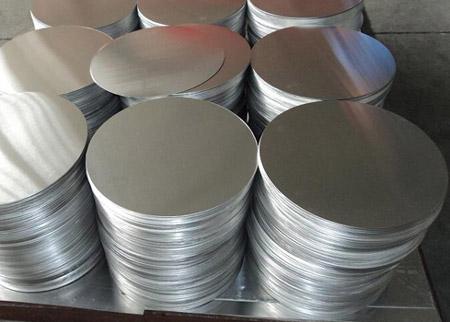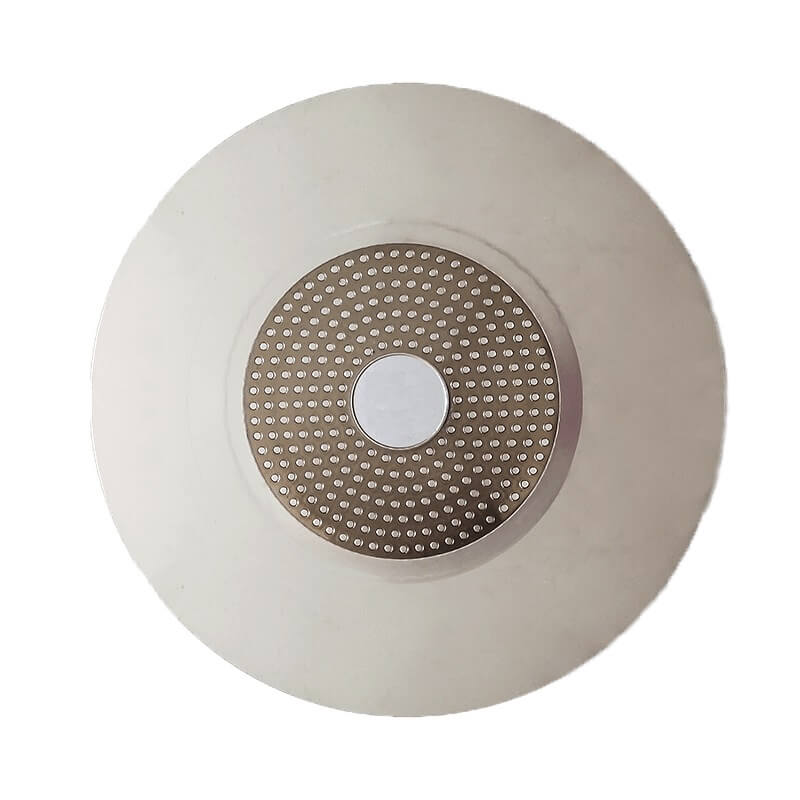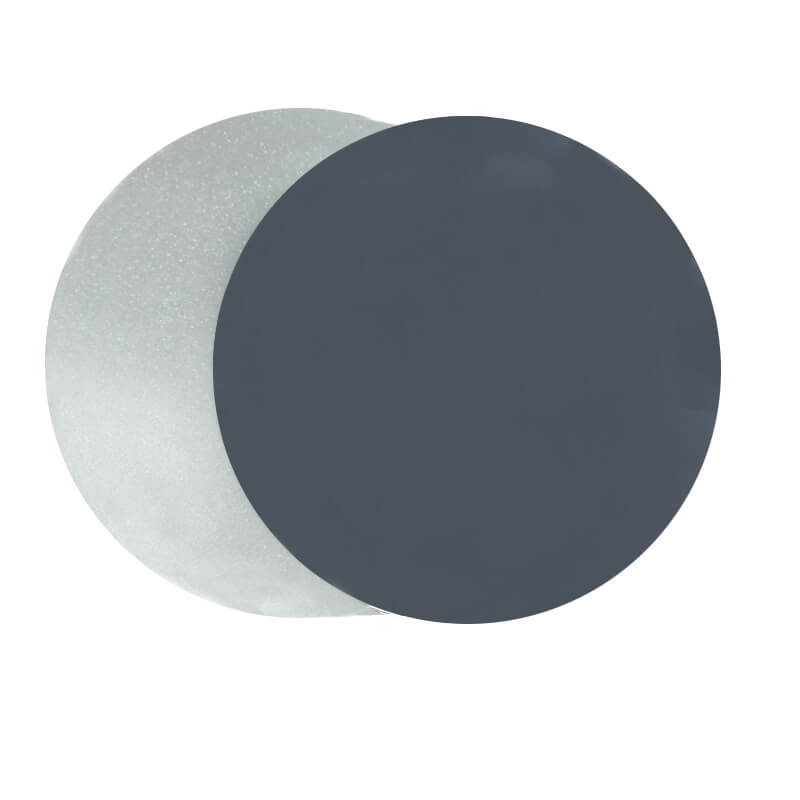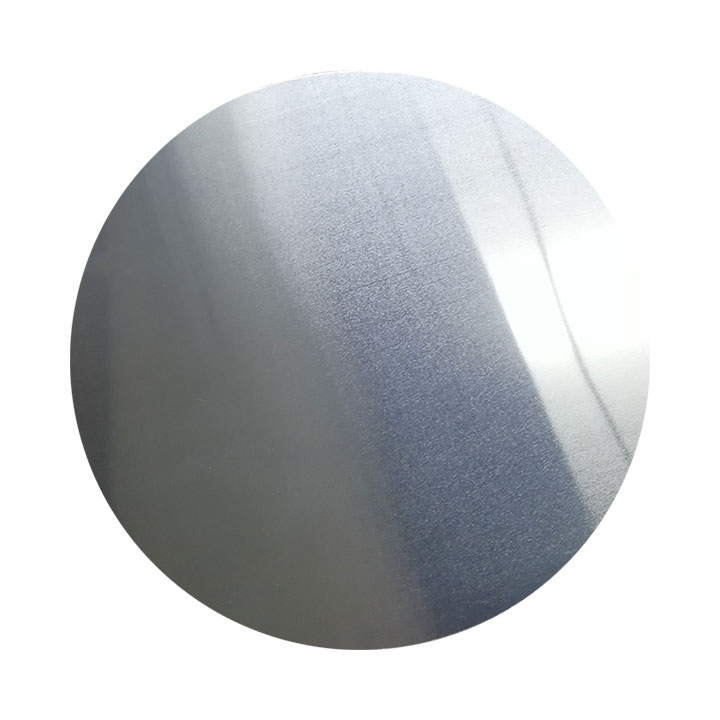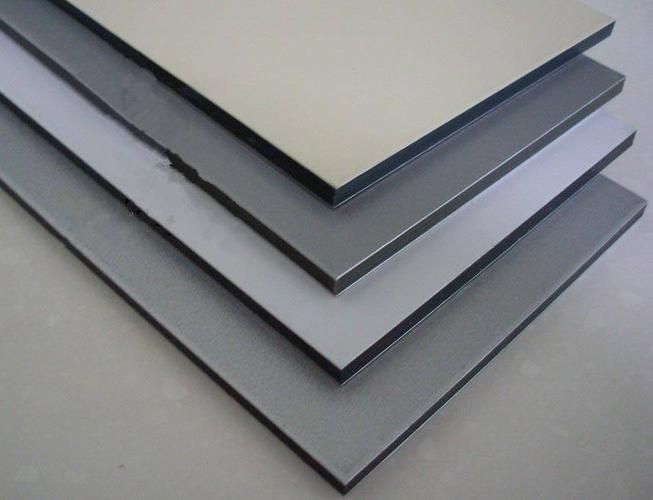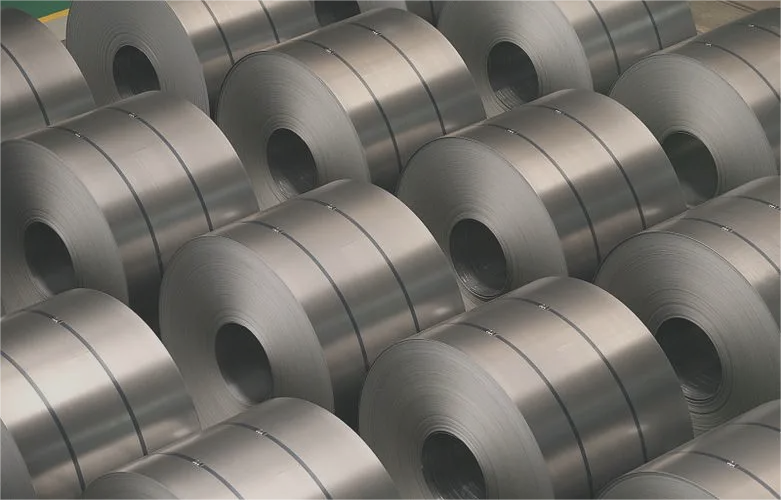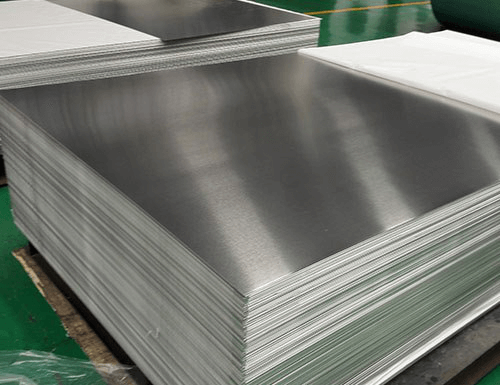The Impact of Aluminium Disc Thickness on Induction Heating Efficiency
Induction heating is widely used in industries for applications such as metal processing, heat treating, and cooking technologies. Its primary appeal lies in its energy efficiency and precise heat control. One of the key factors influencing the efficiency of induction heating is the material being heated.
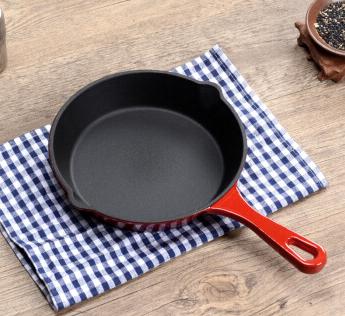
Aluminium, known for its lightweight and thermal conductivity, is often used in many industries. However, the efficiency of induction heating when using aluminium discs is closely tied to the thickness of the material. This article explores the relationship between the thickness of aluminium discs and the efficiency of induction heating, examining the physics of induction heating and the unique properties of aluminium.
Understanding Principles of Induction Heating
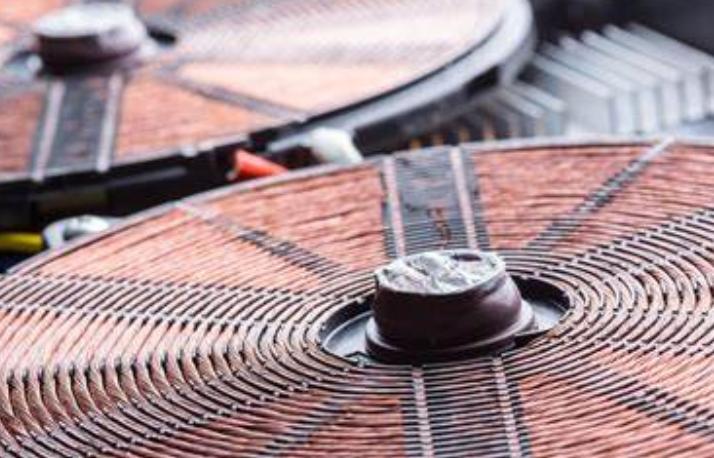
Induction heating is a process that uses electromagnetic fields to heat conductive materials without direct contact. This is achieved by creating eddy currents within the material, which then generate heat. The effectiveness of induction heating is influenced by several key physical principles:
- Electromagnetic Induction: Alternating current flows through a coil, creating a fluctuating magnetic field around it. When a conductive material, like an aluminium disc, is placed within this field, it induces electrical currents (eddy currents) within the material.
- Eddy Currents: These circulating currents flow within the material in a pattern that opposes the original magnetic field. As they circulate, they encounter resistance within the metal, generating heat. The amount of heat depends on the material’s conductivity and the intensity of the magnetic field.
- Skin Effect: Due to this phenomenon, eddy currents are concentrated near the surface of the material, creating a layer called the “skin depth.” The skin depth determines how deeply the currents penetrate. For materials with high conductivity, like aluminium, this depth is shallow, meaning that most of the heat is generated near the surface.
- Influence of Frequency: The frequency of the alternating current affects the heating process. Higher frequencies result in a shallower skin depth, concentrating heat near the surface. Lower frequencies allow deeper penetration, which is beneficial for thicker materials.
Induction heating offers precise temperature control and rapid heating, making it highly efficient. However, understanding these principles is essential for optimizing the process, particularly when dealing with materials like aluminium.
Properties of Aluminium Discs and Their Role in Induction Heating
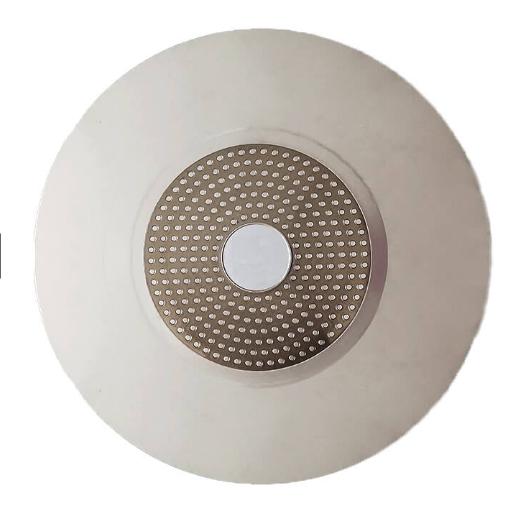
Aluminium’s unique properties make it a popular choice for induction heating applications. However, its performance in this process is shaped by key characteristics:
- Electrical Conductivity: Aluminium’s high electrical conductivity promotes the efficient generation of eddy currents during induction heating, which leads to rapid surface heating. This conductivity allows heat to spread quickly, which is useful for applications needing fast heating cycles. However, this property can also make it challenging to retain concentrated heat in one area, potentially reducing heating efficiency in thicker discs where deeper heating is desired.
- Magnetic Permeability: Unlike ferromagnetic metals such as iron, aluminium has very low magnetic permeability. This means it doesn’t strongly interact with the magnetic field generated by the induction coil, limiting its ability to retain energy. While this doesn’t prevent heating, it makes the process less efficient compared to ferromagnetic materials, which naturally trap more energy and retain heat better in induction systems.
- Thermal Conductivity: Aluminium’s high thermal conductivity enables rapid distribution of generated heat across the disc’s surface and interior. This property can benefit applications requiring uniform temperature distribution, but it can also lead to heat dissipation into surrounding areas. For thin aluminium discs, this characteristic can lead to rapid cooling and may reduce energy efficiency if the heat is not carefully managed during the heating process.
Together, these properties affect how aluminium responds to the magnetic field in induction heating and influence the thickness-related efficiency discussed in this article. The interplay of these factors highlights aluminium’s suitability for specific applications and emphasizes the importance of optimizing disc thickness for effective induction heating.
How Aluminium Disc Thickness on Induction Heating Efficiency
The thickness of an aluminium disc significantly influences the efficiency of induction heating. This effect can be understood through the concepts of skin depth, heat distribution, and the interplay between material properties and electromagnetic fields.
- Skin Depth and Eddy Currents: Skin depth refers to the distance into the material where the magnetic field strength decreases to approximately 37% of its value at the surface. For aluminium, skin depth is relatively shallow due to its high electrical conductivity. At higher frequencies, skin depth decreases, which means thinner aluminium discs can be heated more efficiently, as the eddy currents are concentrated closer to the surface. Conversely, thicker discs may result in a significant portion of the material remaining unheated since the electromagnetic field weakens beyond the skin depth, leading to inefficiencies.
- Heat Distribution: As the thickness of the aluminium disc increases, the heat generated by the eddy currents is primarily concentrated near the surface. In thicker discs, the interior may not reach the desired temperature because the electromagnetic field cannot penetrate sufficiently. This leads to energy being wasted on heating the outer layers while the core remains relatively cold, ultimately resulting in inefficient heating.
- Frequency Considerations: The frequency of the alternating current plays a crucial role in how effectively aluminium discs of various thicknesses respond to induction heating. Higher frequencies enhance heating efficiency for thinner discs by creating shallower skin depths, ensuring most of the surface is heated. For thicker discs, lower frequencies may be necessary to achieve adequate penetration, but this approach can still lead to slower heating and reduced overall efficiency.
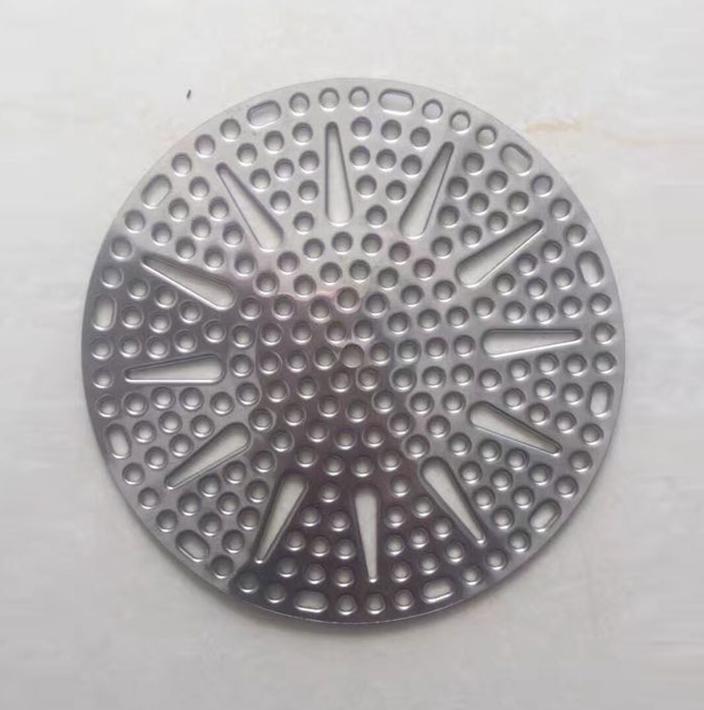
- Heat Loss in Thin Discs: Very thin aluminium discs can dissipate heat rapidly due to their high thermal conductivity, especially if the induction heating process is not precisely controlled. This rapid heat loss can diminish overall efficiency, as the energy generated may not be retained effectively, leading to longer heating times and increased energy consumption.
- Optimal Thickness for Efficiency: There exists an optimal thickness range for aluminium discs used in induction heating, balancing the effects of skin depth and heat distribution. This optimal thickness is thick enough to minimize rapid heat dissipation while remaining thin enough for effective penetration of the electromagnetic field. Identifying this ideal thickness is crucial for industries seeking to maximize energy efficiency, reduce operational costs, and improve process control during induction heating applications.
In summary, understanding how the thickness of aluminium discs impacts induction heating efficiency allows manufacturers to tailor their processes for better performance and energy conservation. By optimizing disc thickness and frequency settings, industries can achieve more effective heating while minimizing waste.
Summary
The thickness of aluminium discs plays a key role in the efficiency of induction heating. Thinner discs heat more evenly due to shallower skin depths, while thicker discs may experience inefficient heating as the electromagnetic field struggles to penetrate beyond the surface. Adjusting thickness and frequency settings is essential for optimizing energy use and achieving precise heating control.

As a trusted induction round aluminium disc manufacturer, Lanren specializes in producing high-quality aluminium discs tailored for optimal performance in induction heating applications. With a commitment to precision and efficiency, We support industries seeking reliable and energy-efficient heating solutions. For any need, you can contact us.

